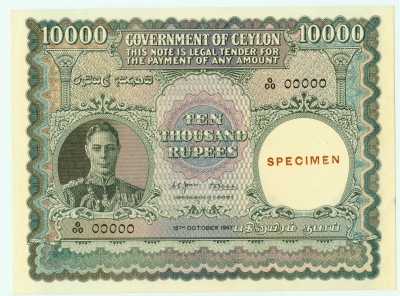
The concept of demonetization is not something new in modern India as it had gone through the same twice before – in 1946, and 1978.
Did you know that we once had the banknotes of Rs 10,000? Those notes were the largest currency denomination printed by our central bank, the Reserve Bank of India. It happened in 1938 and in 1954.
The year before the country gained independence, banknotes in denomination of 1000 and 10,000 were taken out of circulation. This move that came in January 1946 was as part of the country’s effort to prevent black money. It is said that the invalid notes were sold or exchanged at 60 to 70 per cent of their price. The sudden withdrawal of the currencies had become a ‘death blow’ to tax evaders.
However, those banknotes along with that of Rs 5000 were later reintroduced in 1954. The second instance of demonetization in modern India happened in January 1978. The government headed by Morarji Desai, withdrew from circulation notes of Rs 1000, Rs 5000 and Rs 10,000. The reason behind this was to stop the circulation of counterfeit currencies.
The currencies of Rs 500 and Rs 1000, however, returned to circulation later. In 1987, the Rs 500 note was reintroduced and the latter, in 2000.



